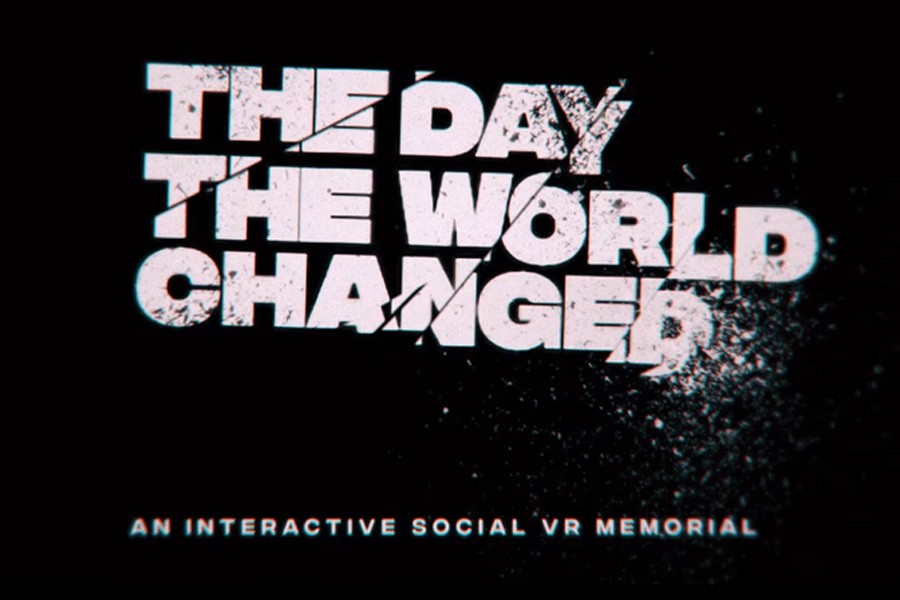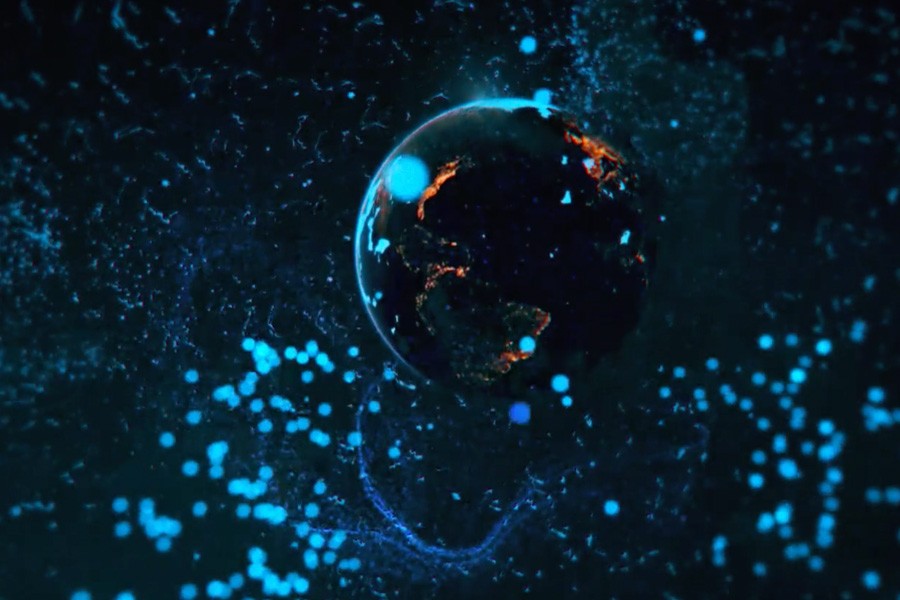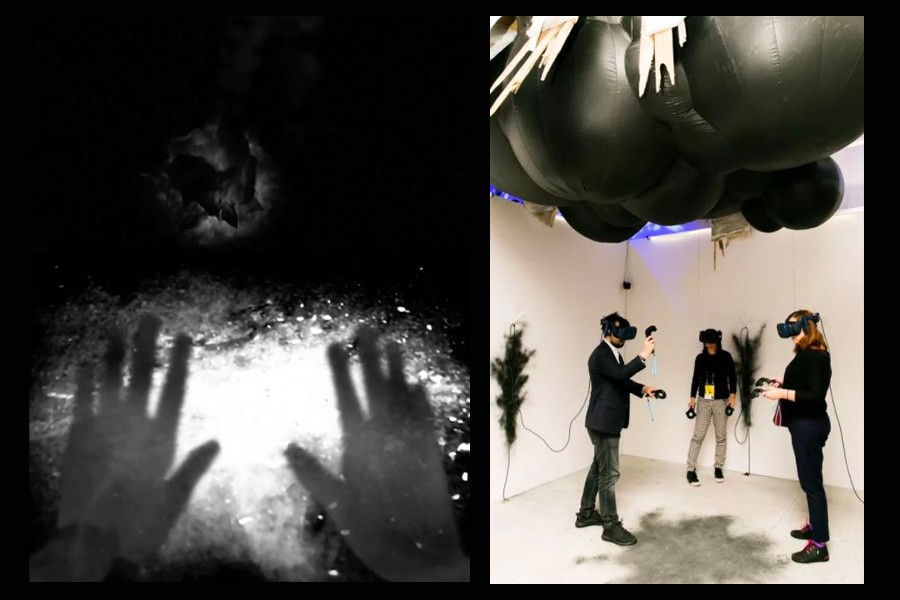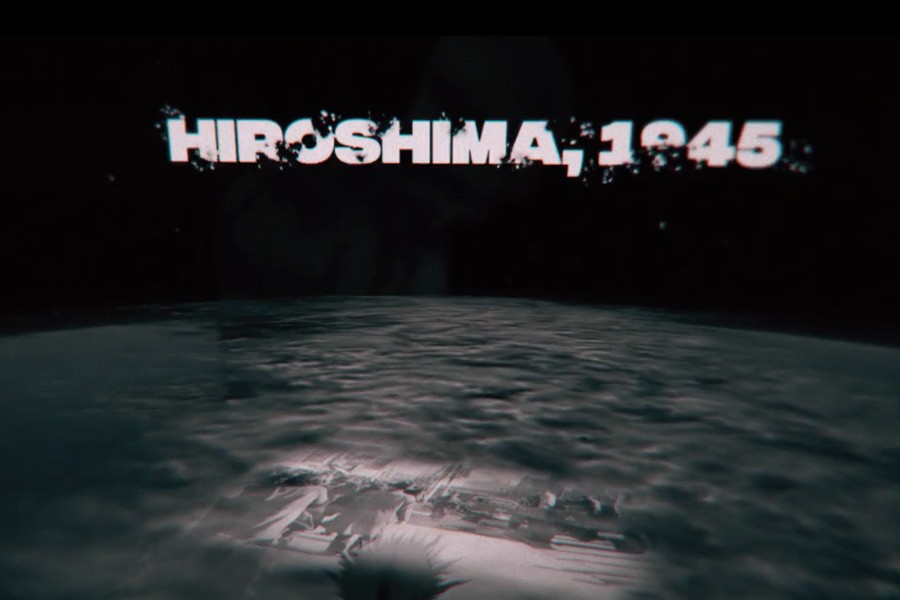The Day the World Changed
A VR documentary memorial for Hiroshima, where audiences experience the stories of survivors set within the Genbaku Dome, featured at Tribeca Film Festival.
Gabo Arora, Saschka Unseld
Capabilities
Technology
- AR,VR
- Photogrammetry
- Software Engineering
- Experience Design
- Unity
- Network Engineering
- Graphics Programming
Opportunity
Directors Gabo Arora, Saschka Unseld commissioned Superbright to design & develop a Social VR experience for the documentary piece 'The Day the World Changed'.
In partnership with The Nobel Prize Foundation and the International Campaign to Abolish Nuclear Weapons (ICAN), the projects objective was to make a virtual memorial where audiences can collectively experience survivors stories at a digital iteration of Genbaku Dome in Hiroshima.
Solution
Superbright leveraged its Social VR technology to build a multiplayer experience for participants to visit the memorial in Virtual Reality, free to explore the environment as a group, whilst listening to the survivors stories.
The Hiroshima Peace Memorial (known as the Genbaku Dome) which is the only structure left standing in the area where the first atomic bomb exploded on 6 August 1945, was rigorously scanned via photogrammetry so it could be accurately recreated in game-engine.
Each audience member embodied a bespoke avatar, that was created to reflect the historical nature of the environment, enabling them to blend in become a part of the story.
Output
The final VR experience was a 16 minute multi-participant documentary that was unveiled at Tribeca festival which went on to became part of a much larger campaign to raise awareness for the mission of ICAN.
The multiplayer technology enabled a shared experience, which for an emotionally delicate historical homage such as this, increased the empathy whilst making sure that audience members did not feel too isolated or uncomfortable.
"The Day the World Changed brings to viewers the harrowing impressions of the victims and survivors of atomic bombings and nuclear arms testing through first-hand testimonies, data visualisations and innovative use of 3-D scanning and photogrammetry. The multi-user social VR experience combines and re-contextualises existing archival footage, data and testimonies in unprecedented ways to develop a new grammar to describe this most important of history lessons" said Directors Gabo Arora & Saschka Unseld.
The project was promoted at Tribeca festival as well an inaugural event with Nobel Prize winner Beatrice Fihn, raising awareness for the mission of ICAN and the The Nobel Prize foundation.
Press
on Twitter, April, 2018
The harrowing, interactive virtual reality experience shines a light on the horror of nuclear war, and was produced in partnership with 2017 Peace Laureate @nuclearban
on The Drum, July, 2018
It's important to remember that the amount of nuclear weapons that the world has is based on this original moment of fear and that we still live in the shadow of that fear.
on The Drum, July, 2018
This experience uses virtual reality’s strengths in a way that makes viewers have a more visceral relationship with what is usually just a rational engagement with numbers, this time focusing on one of the most urgent issues of today
Credits
- Client
- Tomorrow Never Knows
- Partnership
- The Nobel Prize Foundation and the International Campaign to Abolish Nuclear Weapons (ICAN)
- Directors
- Saschka Unseld, Gabo Arora
- Other Credits
- Ntropic
- Engineering
- Superbright



